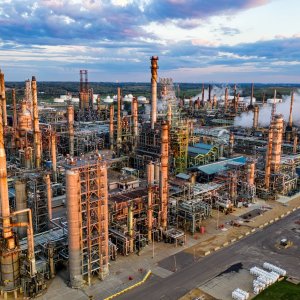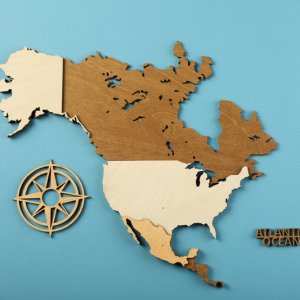Electronic Fuel Management: Accuracy at Your Fingertips

STORY INLINE POST
It is well known that upstream marine operators are normally (and nowadays to an increasing extent) seeking solutions to optimize operational expenditure and reduce, if not eliminate, carbon emissions without requiring additional capital investment or human assets. Nowhere is this more evident than the Marine Fuel Management segment, which represents the largest Operational Expenditure (OPEX) for vessel charterers and, evidently, is the key to reducing carbon footprint until a full transition to green sources of energy, as a means of propulsion, are fully viable.
The availability of data-driven technology provides charterers with real-time and historical consumption, enabling vessel operators to increase efficiencies and reduce both costs and CO2 emissions. Collecting accurate and reliable fuel data allows insight into fuel consumption and inventory, thereby improving the economic value of predictive and operational analytics.
The good news is that automated systems are now available to address inefficiencies while providing a host of benefits, including a reduction in consumption (that results in lower CO2 release) of 10 percent or greater across fleets. By removing manual methods that affect measurement, recording, and reporting of fuel consumption, and increasing the speed of access to consumption data, charterers can eliminate inaccuracies and time delays that have the potential to reduce efficiency and negatively impact OPEX.
Inaccurate measurements are a natural consequence of manual tank sounding. During a sounding procedure, crew members insert a dipstick into the fuel tank to estimate how much fuel was consumed since the last measurement. The tank must be dead level, which is rare in the normal pitch and roll of a vessel at sea. Additionally, multiple factors can influence manual fuel readings, including, wind, temperature, and humidity as well as human error. Fuel consumption is then assessed by calculating the difference between measurements, typically taken once a day. A single inaccurate reading will skew subsequent measurements.
On the other hand, adding precision equipment eliminates errors and delivers accuracy. Measurements of mass, density, and temperature are used by the system to determine fuel quantity and quality. The information from each supply and return point (diesel engines, generators, incinerators, and boilers) is converted into volumetric units of gallons or liters. A monitor displays this information as well as provides live recommendations to optimize the vessel’s fuel consumption in relation to speed. And guess what? A second display in the Engine Control Room (ECR) enables close watch of individual engine performance, monitoring of real-time fuel consumption, and quality. If that is not powerful and useful enough, these systems, one of which is readily available worldwide from a successful provider, are tamper proof, plus they are monitored 24/7 at a control center that makes you feel like you are at NASA (did I mention that these engineers did actually work at NASA?).
So, here are the details: The monitoring of fleet operations is conducted by licensed professional mariners who measure optimization against benchmarks for Underway, Dynamic Positioning/Standby, Port/Dock and Bunkering Operations. This enables operations and logistics teams to work with vessel crews and guide them through the utilization of all best practices by each operating mode in real time.
The company mentioned above has released the Active Fleet Management Program, which pulls together the best operating practices from over 750 vessels across 10 major charterers in the world, to continuously drive efficiency. The fuel management playbook pulls together those best practices to ensure the most efficient use of the vessel pertaining to fuel usage, reducing operational expense in fuel, lowering carbon emissions, and reducing maintenance costs.
For example, during Underway operations, real-time throttle optimization is at work to get the vessel to its destination on time while using the least amount of fuel (don’t bury your throttle!) and save the environment by precisely burning less diesel. During Dynamic Positioning and Standby mode, there should be reduced engine use while inside the 500-meter radius from the offshore installation, consequently reducing fuel consumption and the carbon footprint. As of today, fleetwide implementation of identified operations typically saves 8-16 percent in yearly fuel consumption with a maximum attainable savings of 20 percent, providing all recommended mode optimizations are being used. Adoption of these best practices not only maximizes efficiencies; it makes the charterer stand out from the crowd (image improvement in other words, and with a valid reason).
We have gotten so used to digital news that we are usually no longer in awe. But truly, we live in an era of exponential advances in the software arena, yet we forget that hardware is important too. Also, we tend to oversee that this is all designed and put together by smart and committed humans. The lesson here is: please make good use of the data and follow best practices.
Now back to the original premise of this article: the conclusion is that Electronic Fuel Management Systems increase efficiency, reduce carbon emissions, and reduce costs for upstream operators and soon for downstream operations, so stay tuned!








 By César Vera Méndez | Independent Consultant -
Thu, 01/26/2023 - 10:00
By César Vera Méndez | Independent Consultant -
Thu, 01/26/2023 - 10:00
















